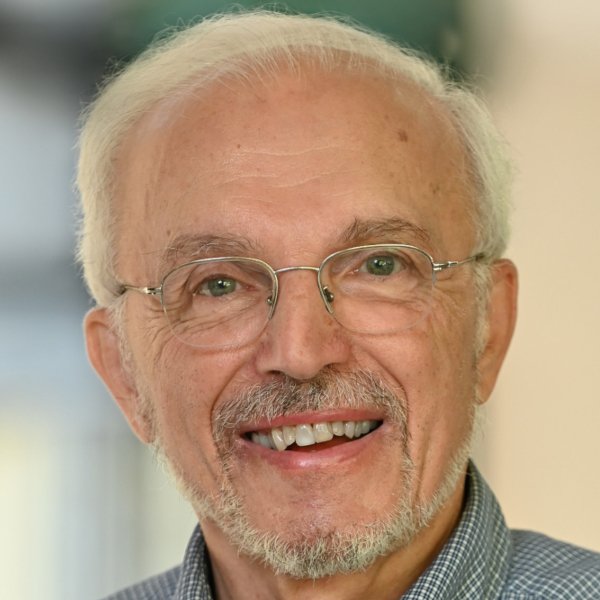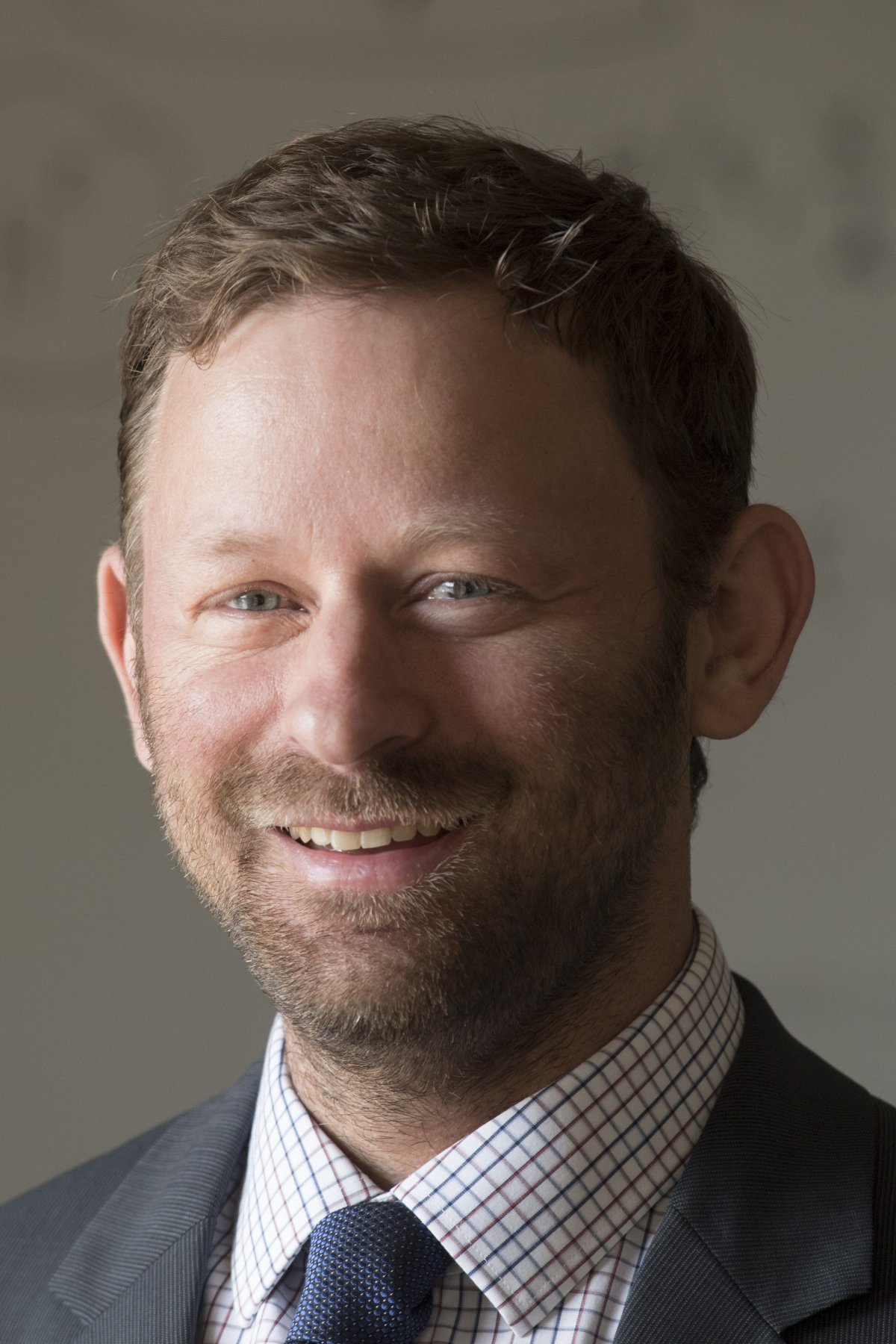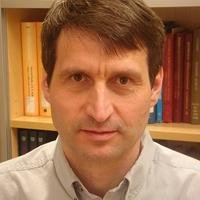Mathematical Fluid Mechanics
+
More about mathematical fluid mechanics
At the theoretical level, one can mention the open problem of whether the incompressible Navier-Stokes equations augmented with the correct boundary conditions and initial conditions uniquely predict the evolution of the fluid. There is good empirical evidence that this is "typically" the case, but so far there is no mathematical proof that would show this without additional artificial assumptions. It is quite possible that in the above statement the word "typically" cannot be replaced by "always". This is closely related to frontiers of PDE research and the Clay Millennium Problem concerning the regularity of the Navier-Stokes solutions.
In addition to such theoretical problems, there is the practical problem of computing the flows encountered in various branches of science and engineering. This is a very large area by itself that has significant intersections with numerical analysis, computer science, and — more recently — machine learning. In spite of the significant computing power of modern computers, it is still difficult to predict with high reliability important parameters of many flows. Turbulence plays an important role in these difficulties and its study has intersections with many areas: PDEs, dynamical systems, statistical mechanics, probability, etc.
The fundamental PDEs of fluid dynamics, in various asymptotic regimes, give rise to important and deep derived equations, such as the KdV equation, Prandtl equation, Water wave equation, and many others.
Viscous fluids with anisotropic properties and of non-Newtonian type arise in the modeling of liquid crystal flow. Key features of such flow are the topological defect structures in the form of points, lines or surfaces. One such family of fluids is also characterized by the coupling of the partial differential equations governing the flow with the Poisson-Nernst-Planck type equations that account for electric and ionic interactions. Soliton solutions are found under appropriate conditions. A second family of such fluids is known as active, with the energy driving the flow coming from internal sources, such as molecular motors.
A key signature of such flows is the development of turbulent regimes where topological defects interact with fluid vortices. Under confinement, and at low activity levels, laminar regimes may also occur, qualitatively resembling their passive counterparts with the same geometry, and showing new dynamical and bifurcation structures. Such flow models lead to challenging problems involving partial differential equations, dynamical systems and numerical mathematics. Overall, the mathematical problems originating in fluid mechanics include both very classical and very modern topics such as electron hydrodynamics.
The members of the group study several aspects of the problems. The research provides ideal opportunities for graduate students.
Faculty
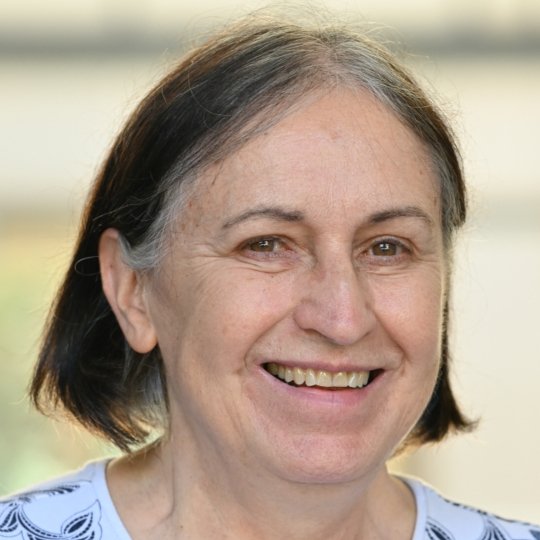
Maria-Carme Calderer
Professor
mcc@umn.edu
applied mathematics, partial differential equations, dynamical systems, materials sciences, mathematical biology and soft-matter physics


Hao Jia
Associate Professor
jia@umn.edu
partial differential equations, regularity, stability, large data asymptotics
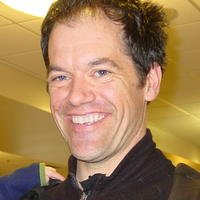
Markus Keel
Professor
keel@umn.edu
partial differential equations; real, harmonic, and functional analysis
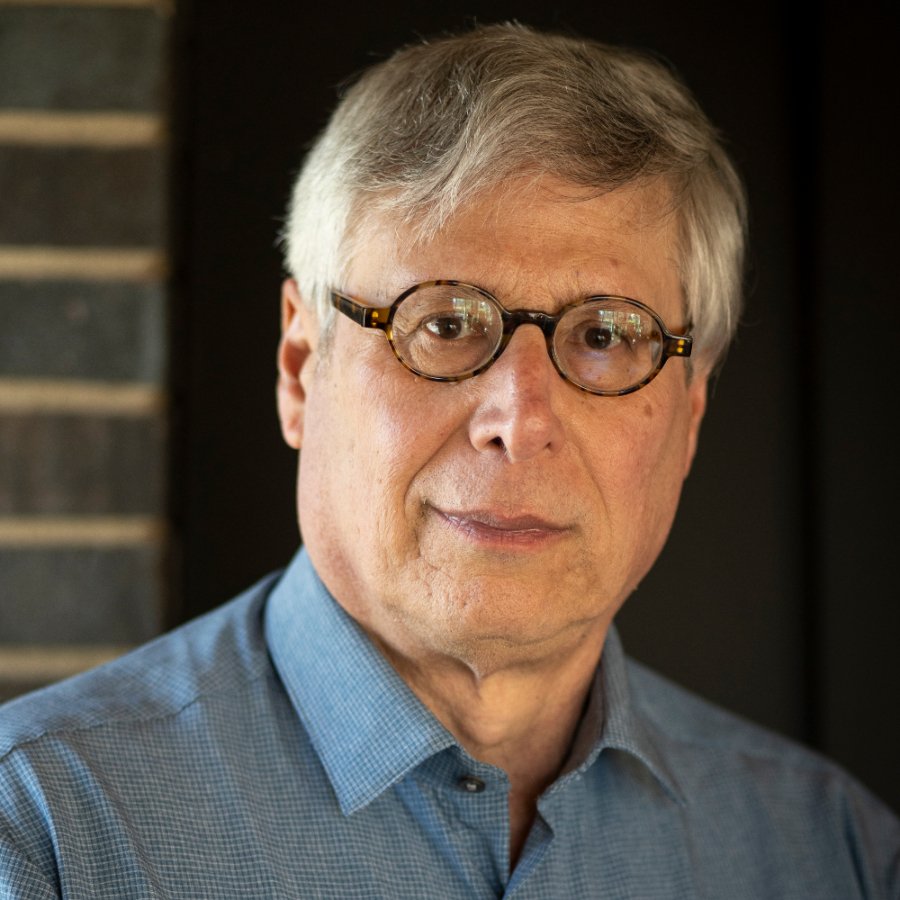
Mitchell Luskin
Professor
luskin@umn.edu
numerical analysis, scientific computing, applied mathematics, computational physics
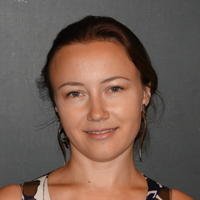
Svitlana Mayboroda
McKnight Presidential Professor and Northrop Professor
svitlana@umn.edu
analysis and partial differential equations
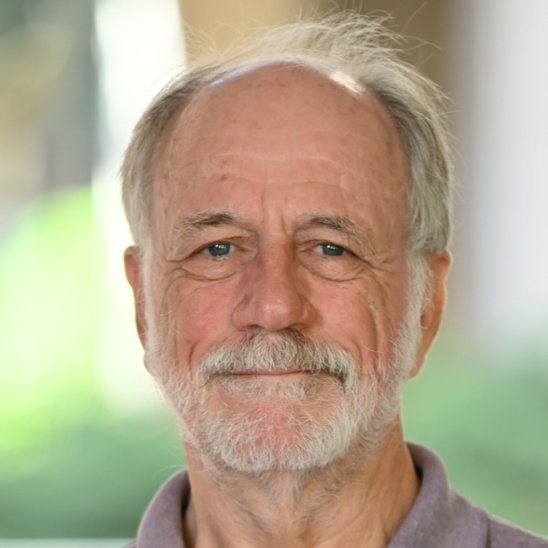
Peter Olver
Professor
olver@umn.edu
Lie groups, differential equations, computer vision, applied mathematics, differential geometry, mathematical physics
